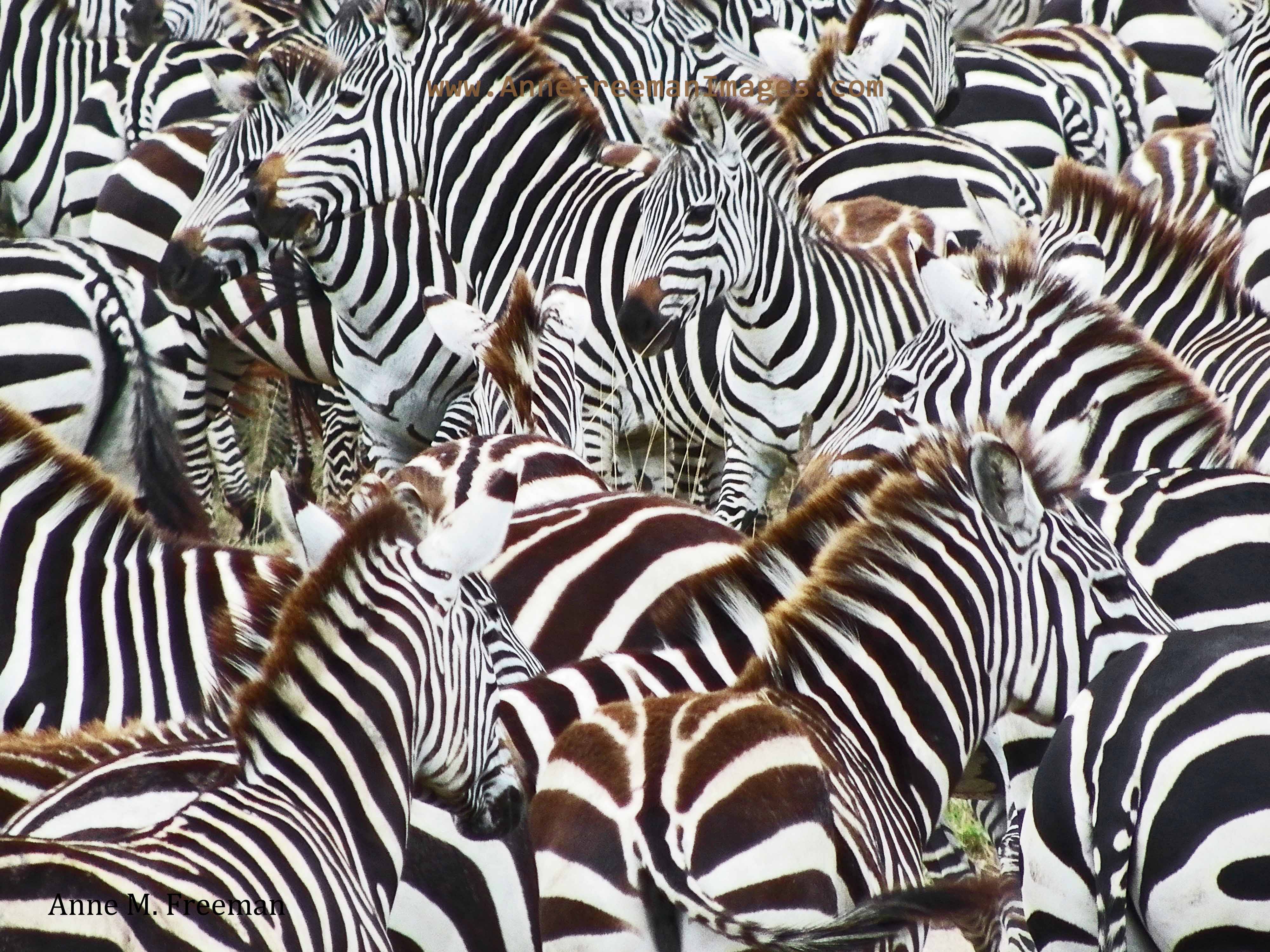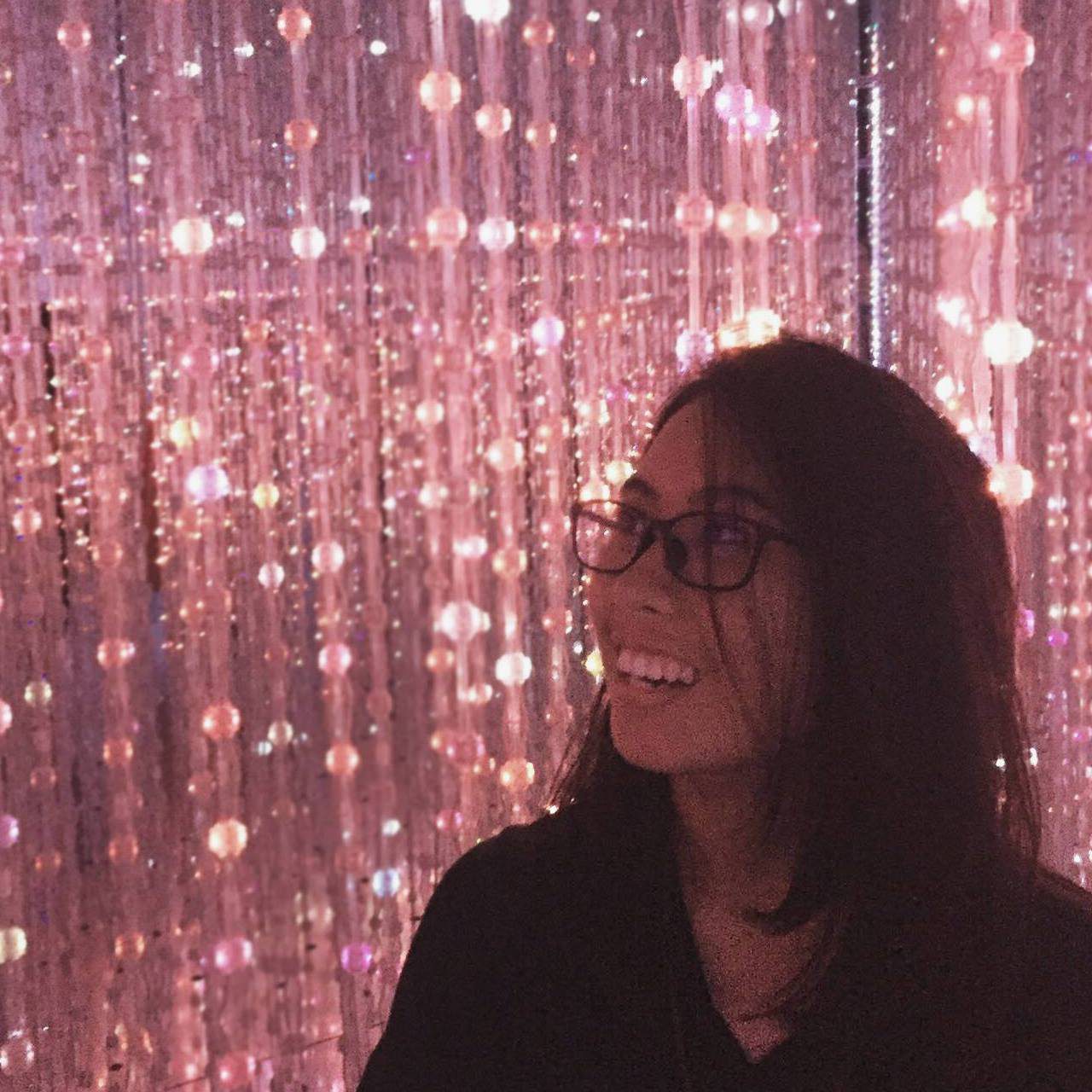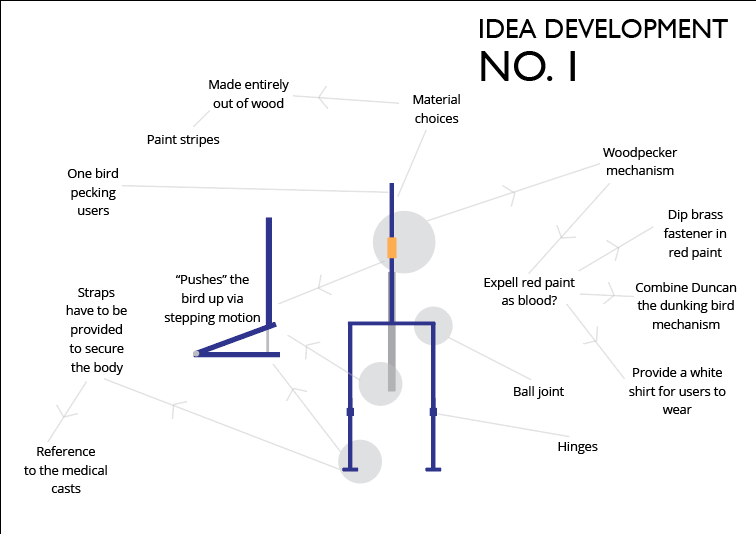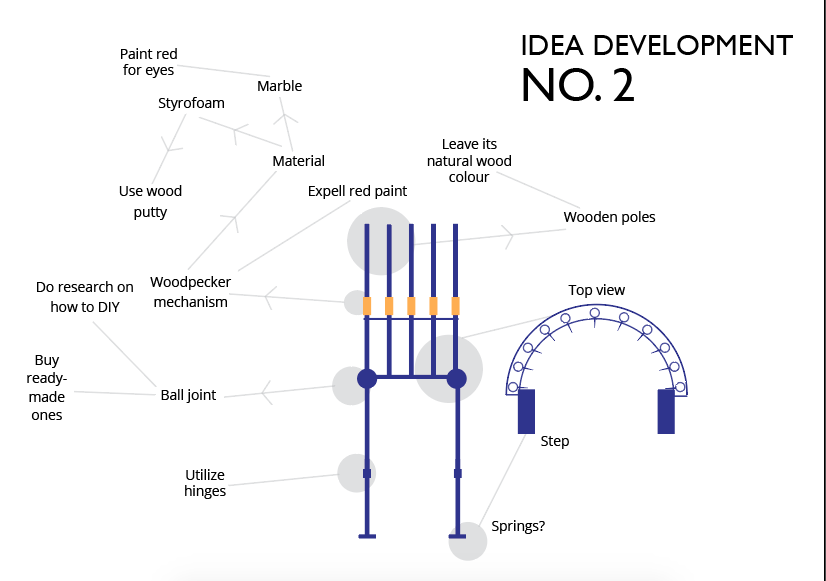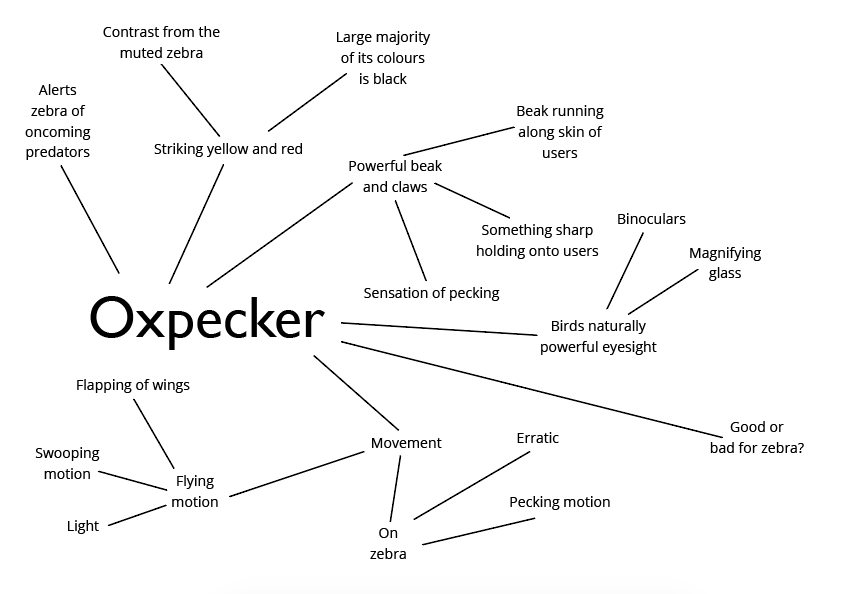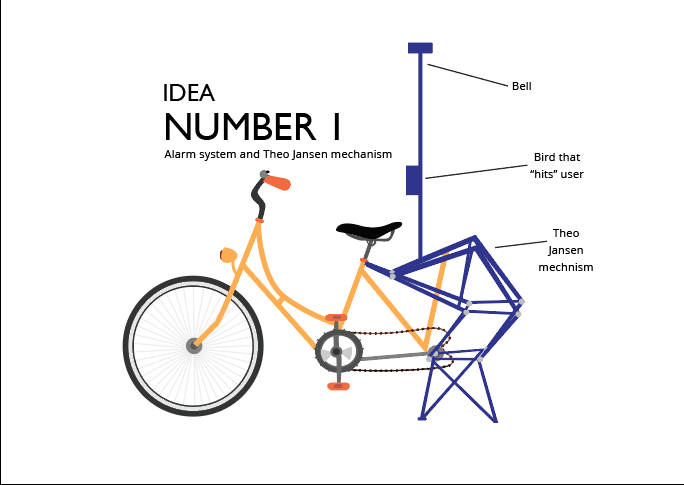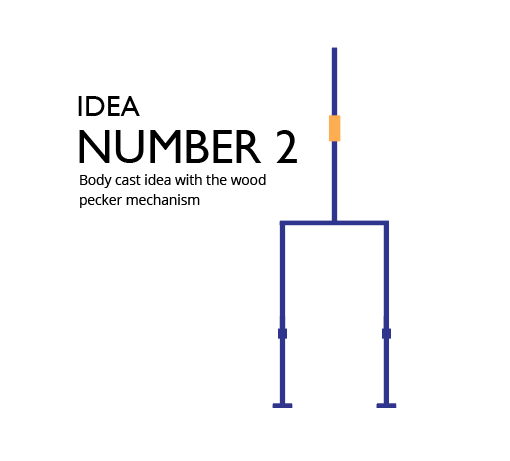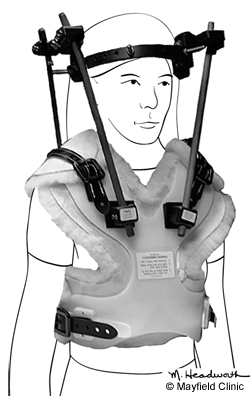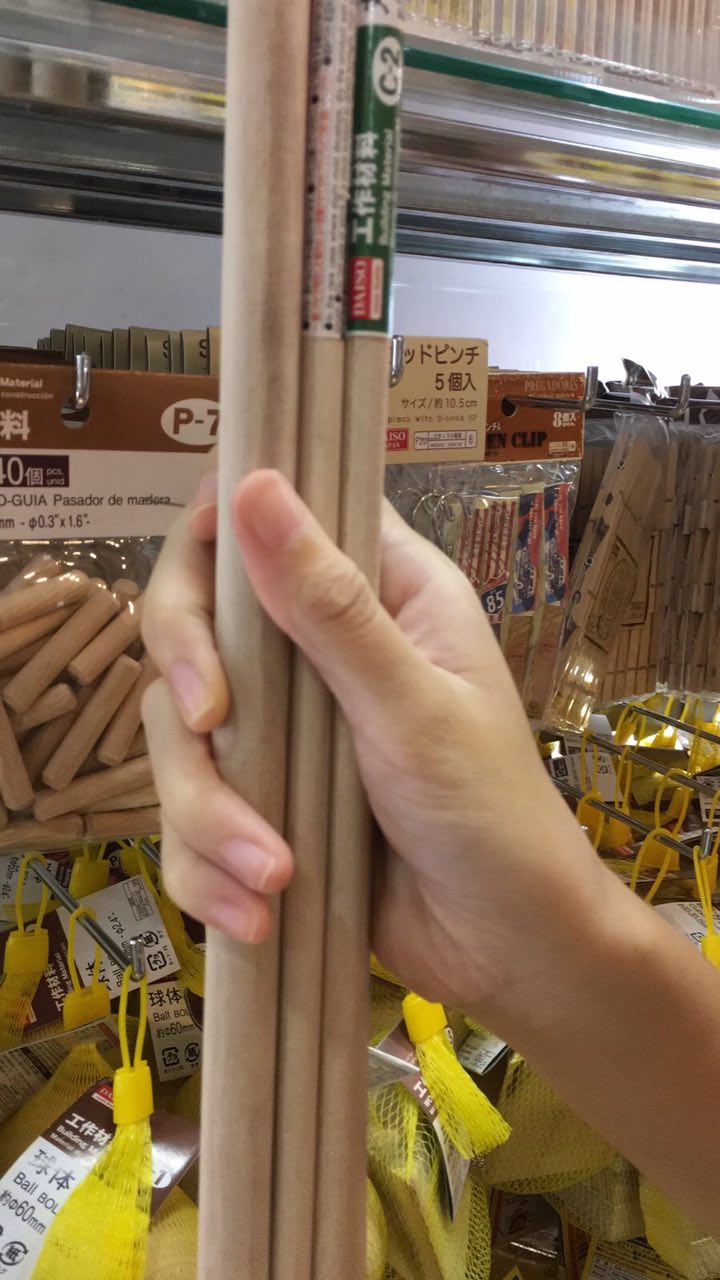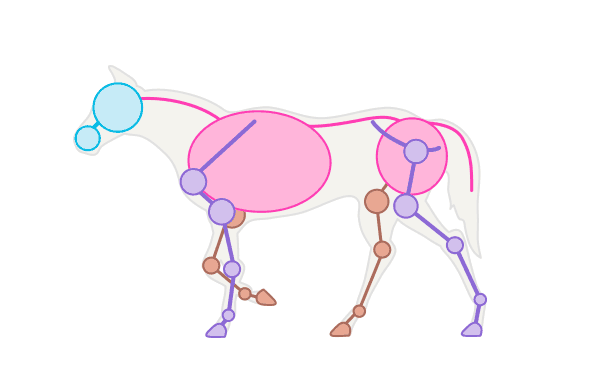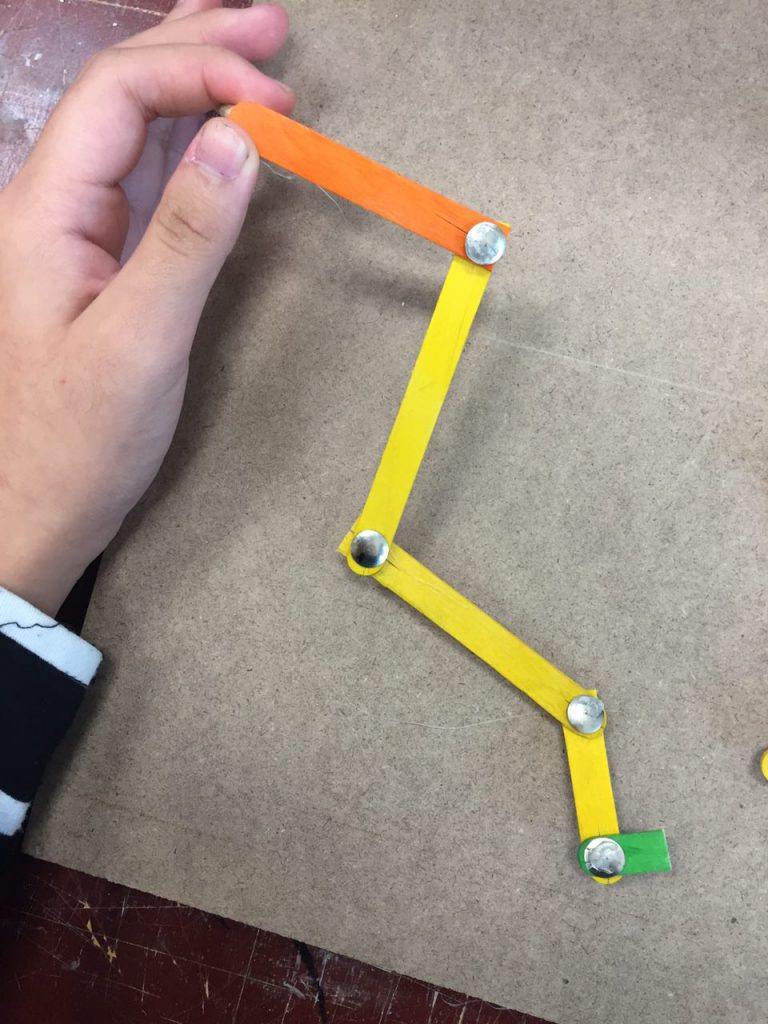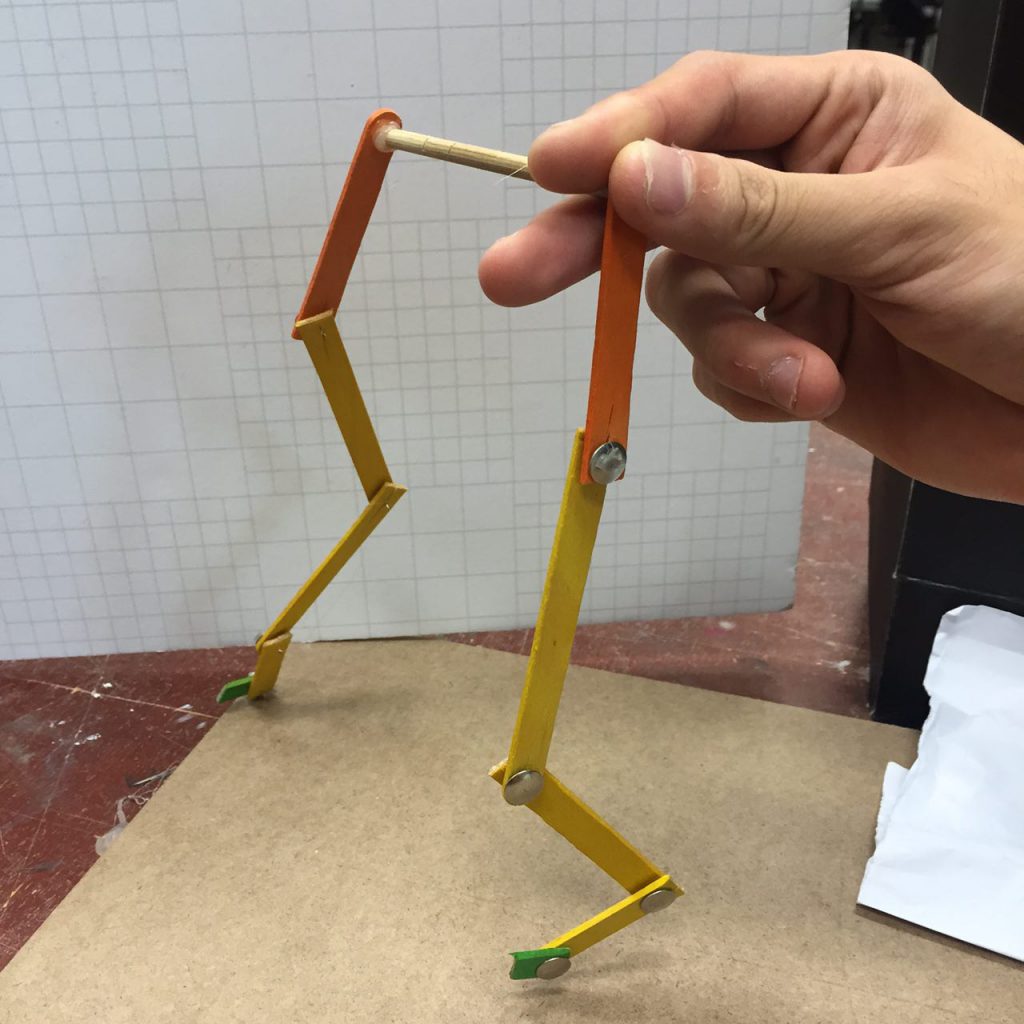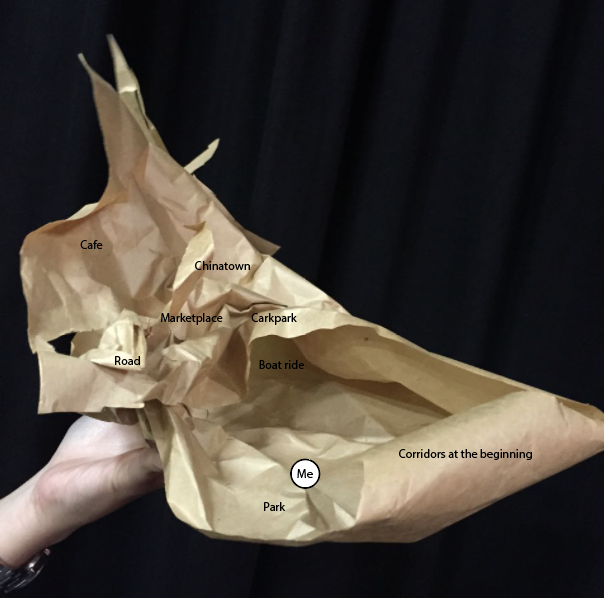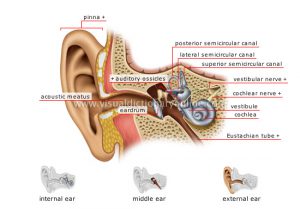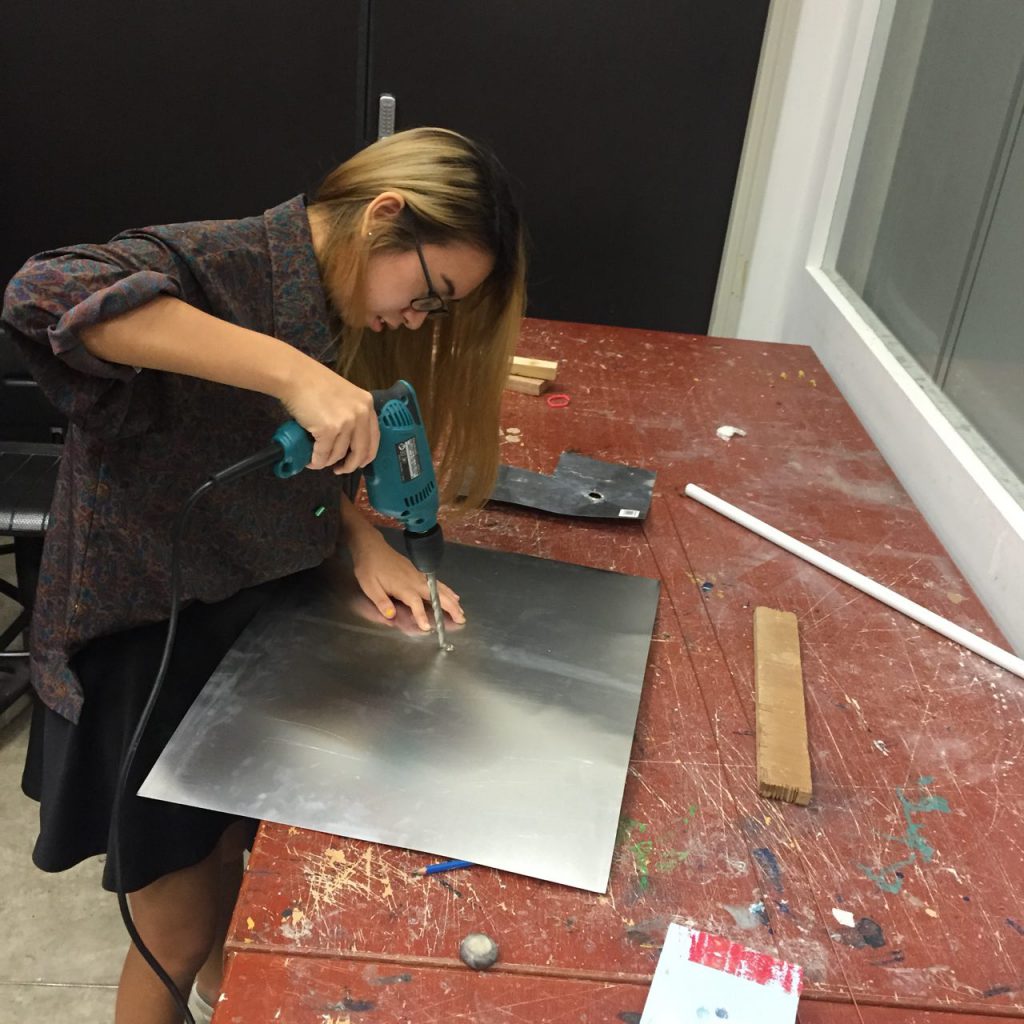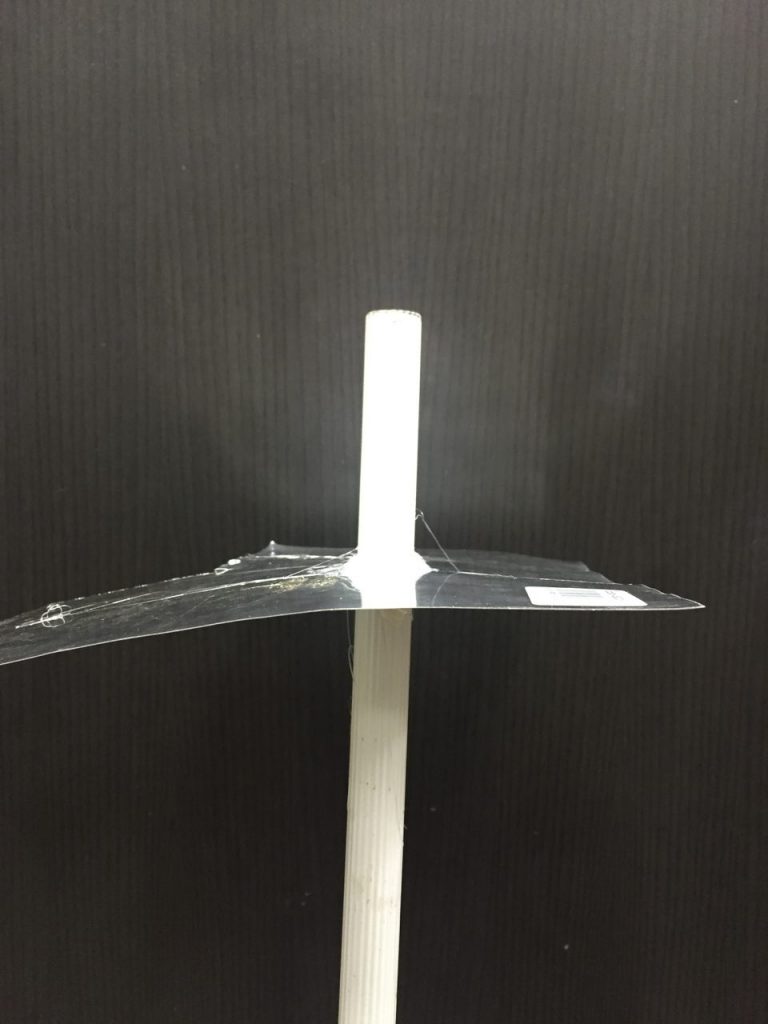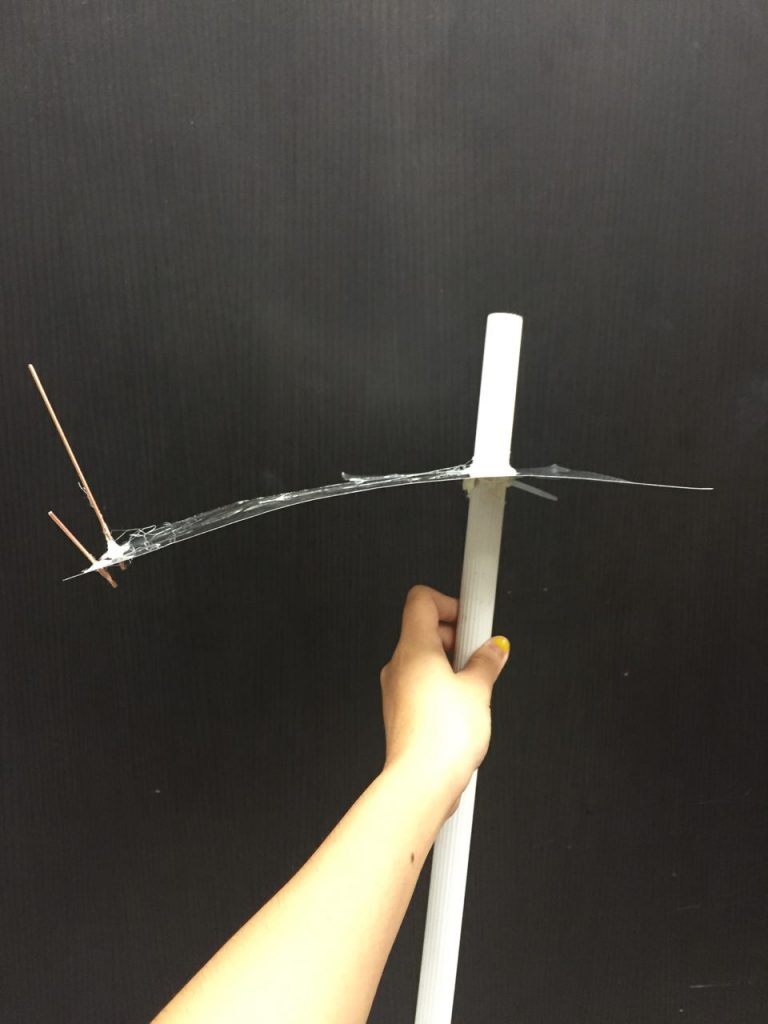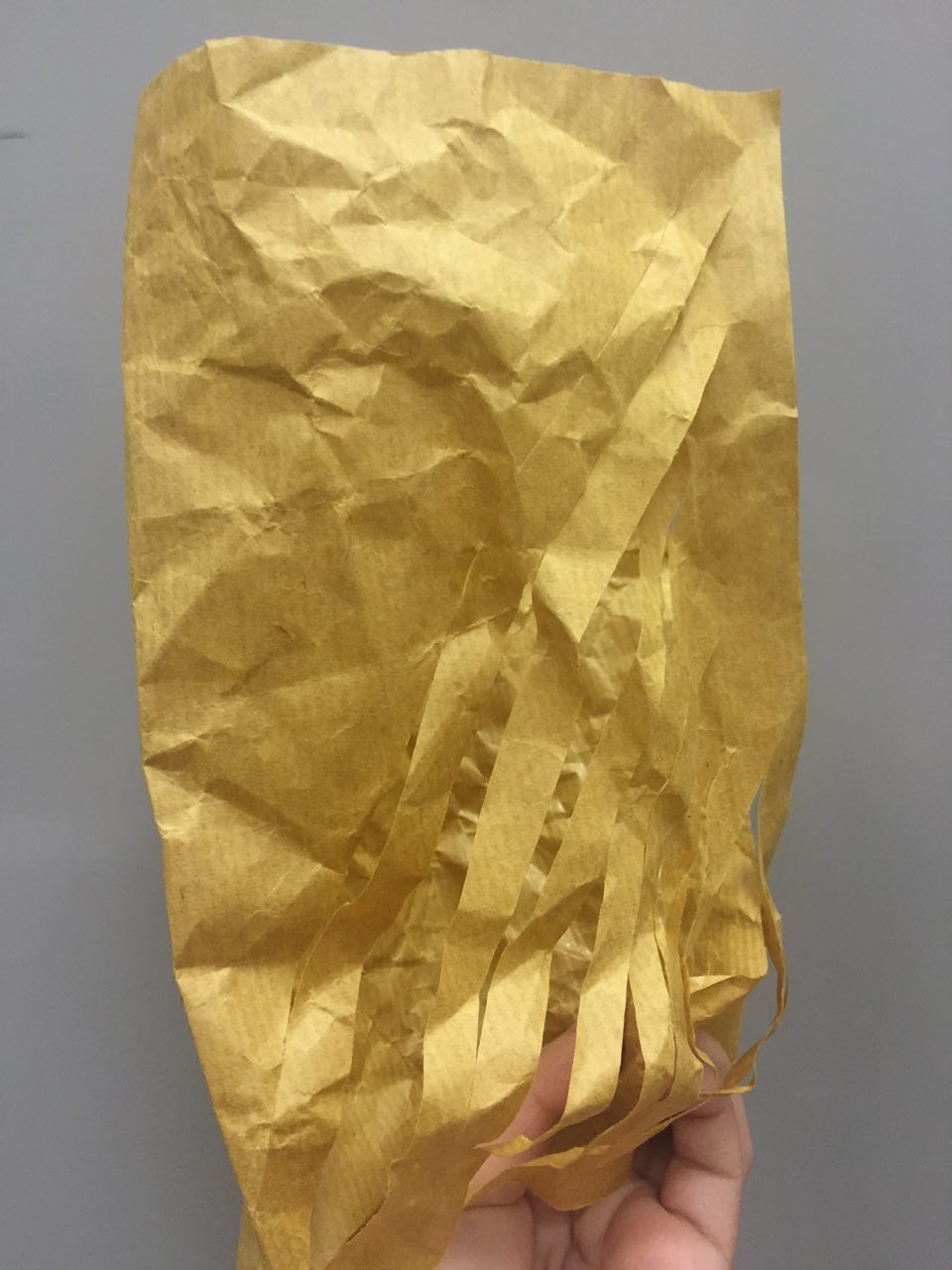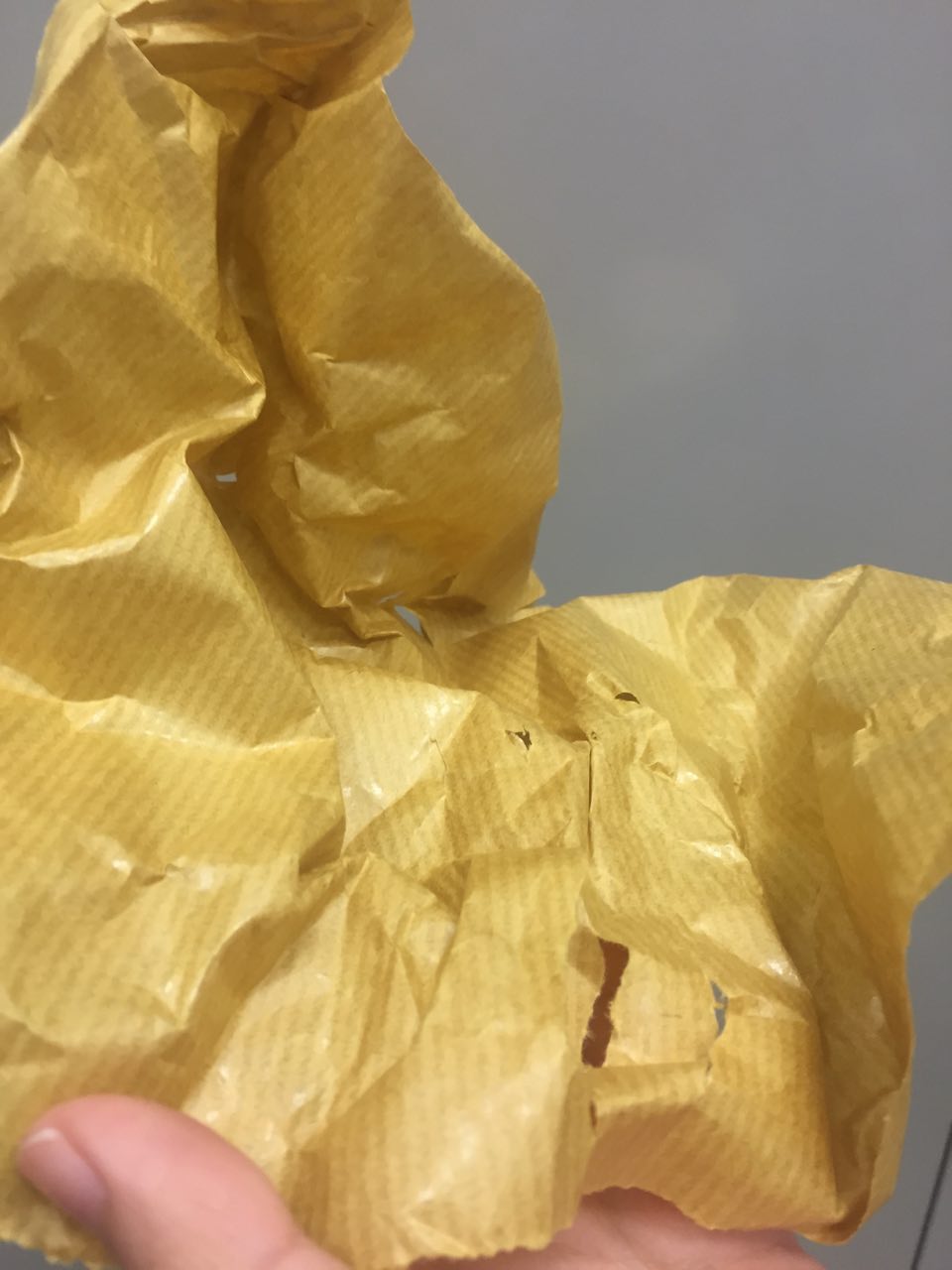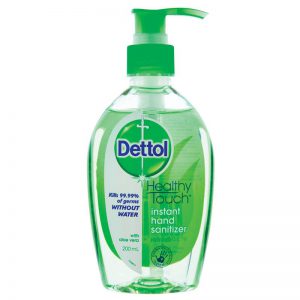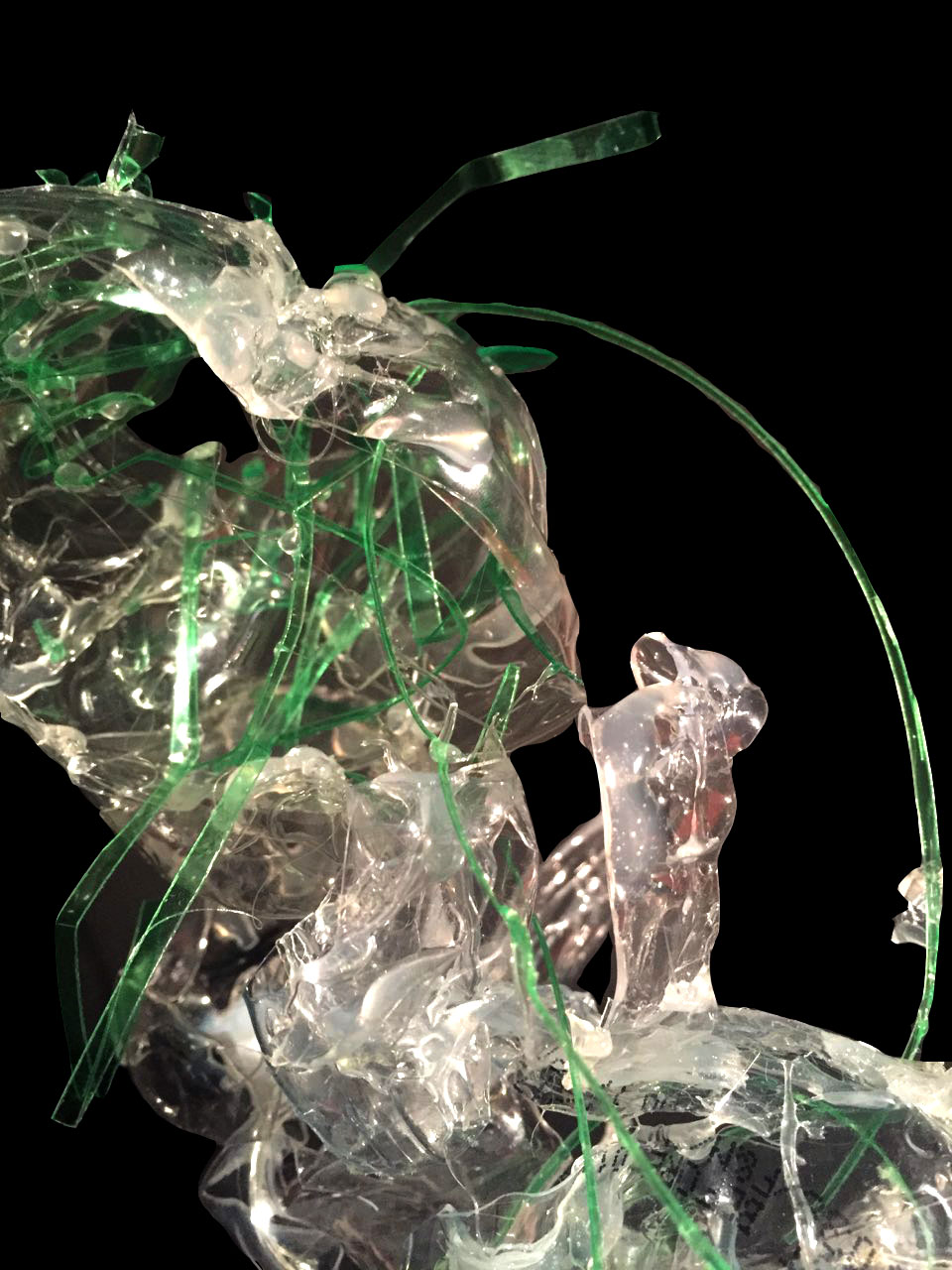
Incoming smells are first processed by the olfactory bulb, which starts inside the nose and runs along the bottom of the brain. The olfactory bulb has direct connections to two brain areas that are strongly implicated in emotion and memory: the amygdala and hippocampus.
Unlike the other senses which requires to travel through the thalamic relay station to the brain, our sense of smell gets direct access to our olfactory bulb. It is the most primal and mysterious senses.
How smell affects our behaviour:
– 80 percent of the flavours we taste come from what we smell
– Smell can influence our perception of time. Dr. Hirsch led studies into the way that smells can influence our perception of time. In one of the studies, 20 separate participants were exposed to a baby powder aroma, a coffee aroma, and no aroma at all. The coffee aroma produced a reduced perception of time, while the baby powder aroma produced a longer perception of time.
– Our perception of smell is largely determined by prior learning, personal history, and also cultural and geographic variations. For example, in North America and Europe lavender is perceived as a calming scent whereas in Japan, jasmine is associated with a relaxed mood instead.
– Smell can trigger memories, and also affect our emotions.
Mapping out smells
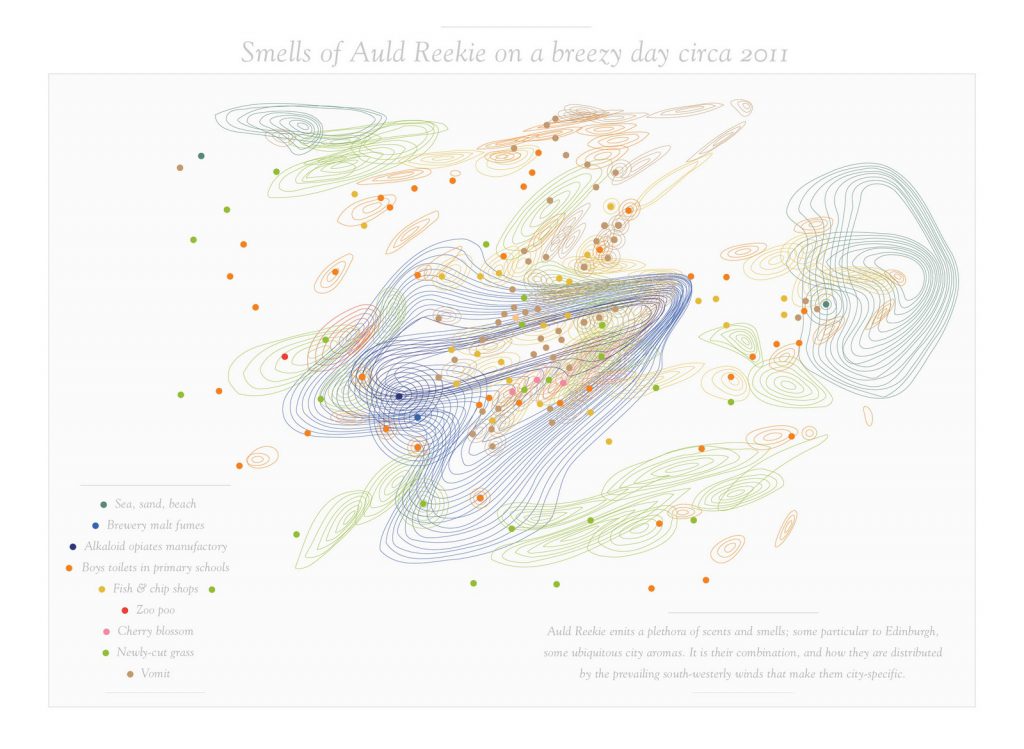
Kate Mclean is a Graphic Designer who creates smell maps of cities around the world. Wanting discover the importance of smell mattered to, she has already conducted these walks around Edinburgh, Glasgow, Paris, Amsterdam, Milan, Newport, Rhode Island, and New York City. Mclean wants to discover how smell effects our memory and place.
As quoted from her, “The smells there were cheese, wine, rain and Yve Saint Laurent perfume, because Parisian women take that away with them to remind themselves of Paris and where they come from,” McLean says.
Class activity – tasting chocolates
Ms Cheryl conducted an eye opening class activity about our sense of smell. In order to experience the basic sense smell firsthand, we blocked out our sight. A sense that we heavily rely on in our daily lives. She then passed around 3 different types of chocolates to which we have to carefully taste, smell, and describe.
Warning: I don’t like dark chocolate therefore the relevant reactions below!
Chocolate A:
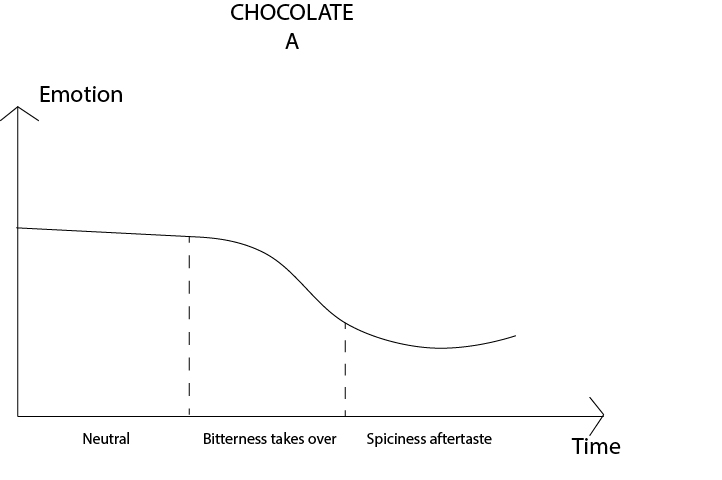
– Smelt it, does not smell sugary
– Upon placing it to my mouth, it remains tasteless for a few seconds. The texture of the chocolate was smooth and hard
– Suddenly to my dismay, it became bitter, meaning that it is dark chocolate
– As I bit onto it, it broke apart with dull snaps. Took a longer time to melt compared to the chocolates I usually consume
– As the chocolate began to disintegrate, there was a sudden surprise element as the chocolate started to become a little spicy. It was a very interesting “SO”!
Chocolate B:
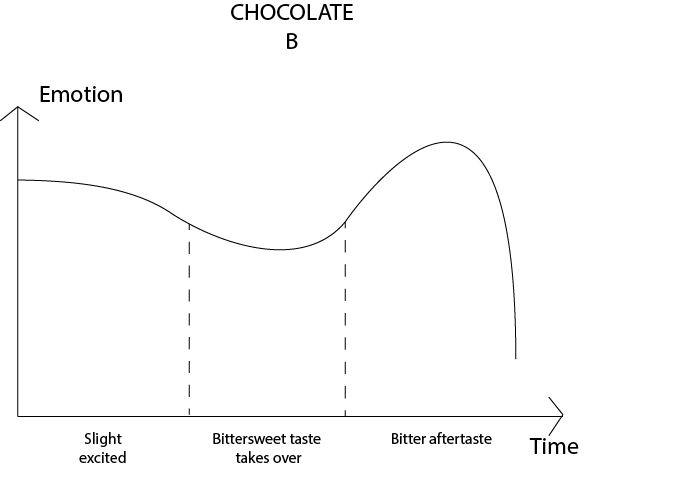
– Surprised to feel that the chocolate is individually wrapped in plastic. With its ridges, it reminds me of the time when my secondary school friends Kimberlyn offered us Royce chocolate.
– The wrapper opens easily. Smelling it, I could already tell that it is dark chocolate as the scent is quite strong. It also smells bitter.
– The chocolate melts much more easily onto my palm, creating a circular ridge.
– I placed it onto my mouth and it is still slightly cold and hard. Melts quicker on my tongue than the previous chocolate and is much smoother in texture.
– The ridges slowly disintegrated and it started to become overwhelmingly bitter for me.
– Thankfully after melting more, it started to become slightly sweet. The taste becomes bittersweet and it slowly becomes more pleasant.
Chocolate C (my favourite!):
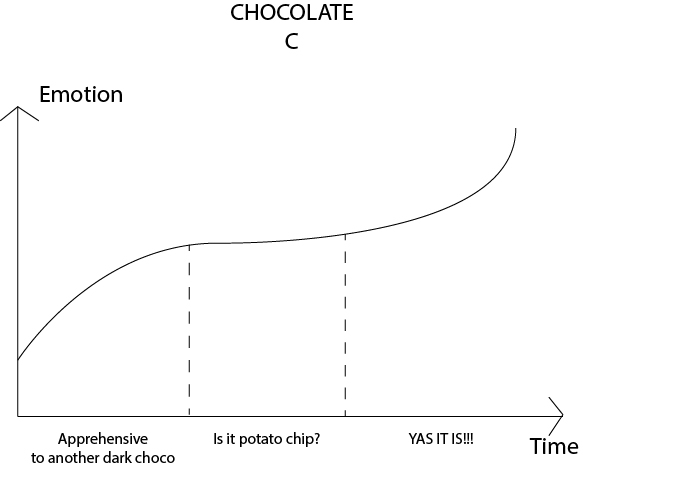
– Excited to hear the plastic wrap open. A sweet and salty smell wafts through the air, the smell is slightly familiar yet I cannot put a finger onto the scent.
– The chocolate I received was slightly cold, and was slightly wet due to the condensation. The chocolate also have ridges, with the top side coated with chocolate while the bottom part having salt granules.
– Guessed that it was chocolate potato chips just by the smell and texture itself, was elated to consume it but unsure whether I would still enjoy as I could still smell the bitterness of the chocolate. The chip melts onto my hand similarly to chocolate B.
– Placing it onto my tongue I had to restrain myself from biting onto it. The saltiness hit me first, then came in the bittersweetness of the chocolate. Twirling it around my tongue, the salt and bittersweetness made my tastebuds dance in elation.
– I bit onto it and there was a dull thud before it broke to many small pieces. The chocolate melts onto my tongue while the chip slowly disintegrated. The smoothness of the chocolate and rough texture of the chip created a pleasant experience.
– There was still a slight bitter aftertaste of the chocolate, however the aftertaste has a sweet and salty tinge
3D(ii) Project 1
For the first project of the semester, we had to create a model out of a bad scent and a good scent. The model have to be created out of plastic bottles, and we were thrown to interpret the smell onto our plastic model. Initially, I was at lost at what to do as perhaps I have never solely depended on my sense of smell before.
Bad scent: Dettol hand sanitiser
The clinical smell of Dettol just burns my lungs. Despite also being a product that helps people (similar to Axe Oil), the sharp notes and overpowering scent is invasive to my nostrils. It also brings back memories of hospital visits to my late grandfather, and the detergent my friend used throughout secondary school. A period of puberty and teenage drama.
Key words to describe scent:
Sharp, overpowering, sickly, acrid, strong, pungent
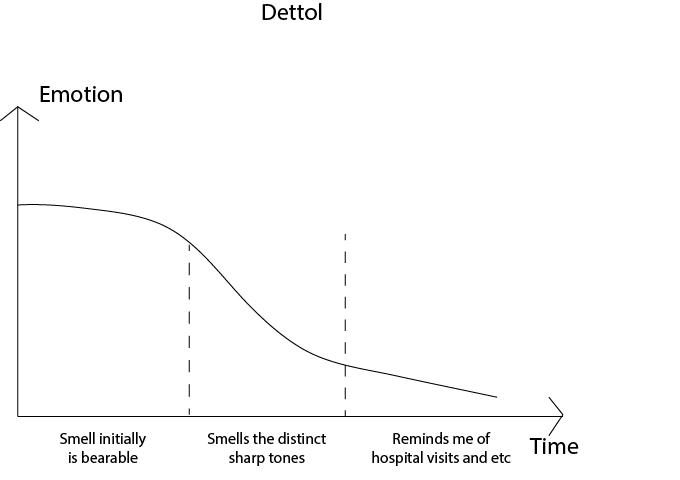
Good scent: Axe Brand Oil
A necessity for Singaporean households, axe oil is a significant part of my childhood. My mother uses this brand to calm my troubled stomach whenever I fell ill as child, bringing me back to innocent days where the love between my mother and I was more much tangible. Though the scent by itself is quite heavy, I enjoy its herbal notes and the complexity of the medicated concoction.
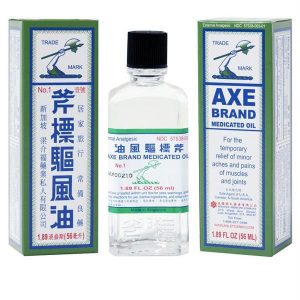 Key words to describe scent:
Key words to describe scent:
Soothing, balmy, spicy, wafting, comforted, medicated, herbal notes

Inspiration:
Iris van herpen, fashion designer who utilizes plastic for fashion
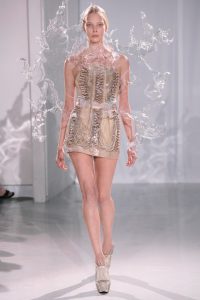

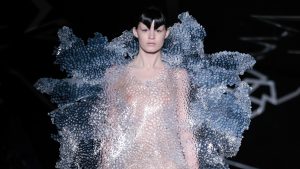
I like how she manipulates the texture and shapes of the plastic to invoke different feelings of each outfit. I studied a few of her designs and explored the different ways to use plastic to interpret my chosen scents.
Finalised model: Disruption
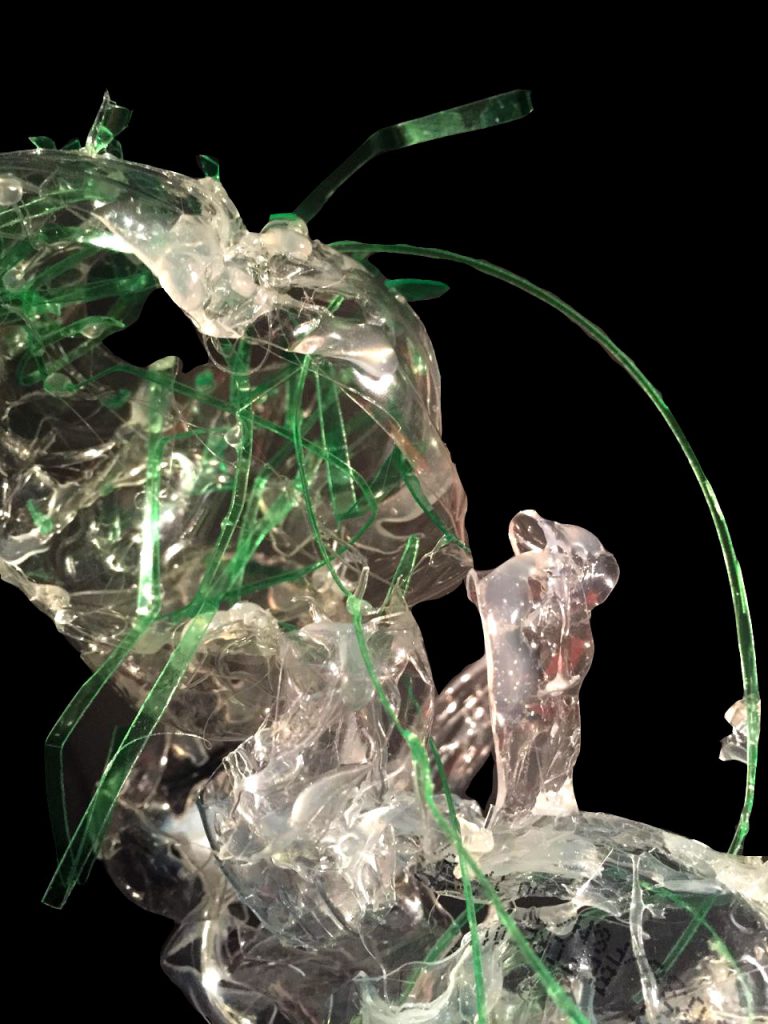
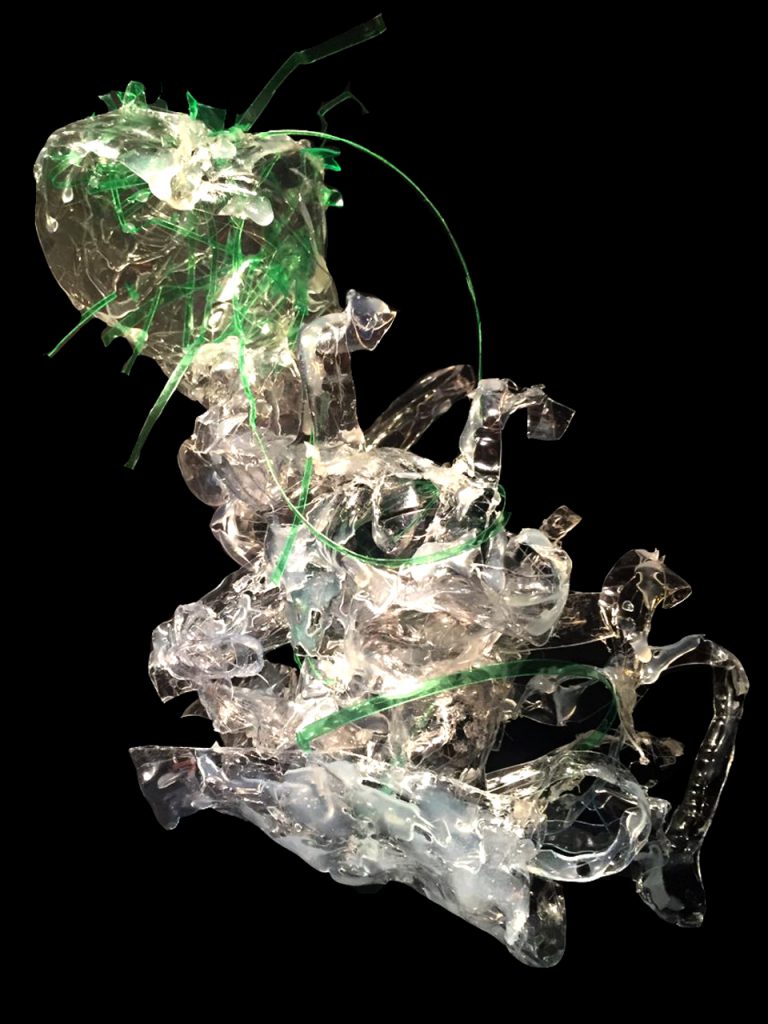
See my full PDF file here 🙂
3dii_1
